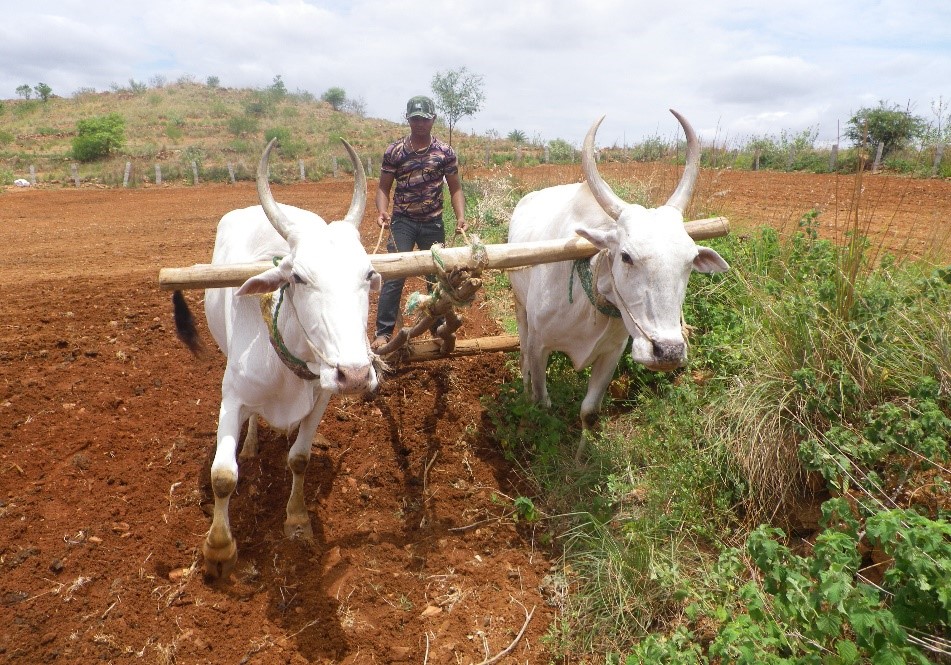Feeding Beef Cattle – Why Cows Chew What They Eat?
Dairy animals are hereditarily, characteristically and physiologically planned as herbivorous animals in view of the manner in which their stomach related framework is organized. This implies bovines are ruminants or creatures that have their stomach separated into four chambers, the biggest being the rumen. The rumen is equipped for holding up to 50 gallons of digesta that is solids, fluids and even gases and having a huge sound populace of a large number of microfloras to help separate the rummages that a bovine eats. Ruminants likewise bite cud which is mostly processed plant matter, disgorged up from the rumen and reticulum. Cows do not bite the feed or grasses they eat when they clasp down on it- – they nibble at that point swallow, frequently without biting a lot. At the point when they rest, they burp or disgorge it back up to separate it further.

The cherry on top to the capacity of dairy animals to endure not to mention flourish on roughage like grass and vegetables is the microorganisms or micro flora that live inside the cow’s rumen. There are mostly two kinds of microscopic organisms that exist in the rumen: fiber microorganisms and starch organisms. The fiber organisms are the most imperative to an ox-like’s stomach related framework due to their capacity to separate and review fiber in a dairy animals’ eating routine in any case what she eats which is their essential capacity. Starch microorganisms are more for when a cow-like is devouring grain like corn which contain a great deal of starch and their primary capacity is to separate the starch in the grains, more so than the roughage fiber that accompanies such hot proportions. Except if a creature is on a completing eating routine, most cattle will have a bigger populace of fiber microorganisms in their rumen because of their high rummage counts calories.
Blossoming with an anaerobic situation, they have a life expectancy of 15 minutes and in this manner have an enormous turn-over rate. The dead organisms gracefully the bovine quite a bit of her protein needs notwithstanding the protein from the plant sources that by-pass the rumen. Final results of this stomach related procedure counting the synthesization of protein and B nutrients incorporate unstable unsaturated fats which give a vitality source to the Touros Senepol. However he microorganisms themselves cannot completely work and live on plant fiber alone. Their wholesome prerequisites are fundamentally the same as the sustenance necessities of the creature they live in. They likewise need water, vitality, protein, minerals and nutrients from the plants and enhancements that the bovine gets consistently so as to capacity and continue delivering ensuing ages of organisms.